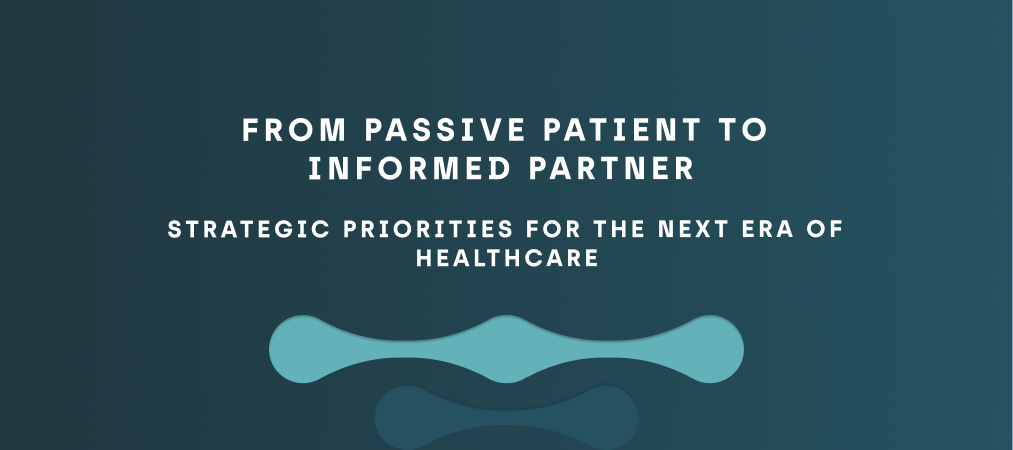How Wait Times Affect Spine Surgery Outcomes

The implications of waiting lists in accessing elective spine surgery spine care are all too well known. However, it might be worse than we think.
Numerous studies on the impact of surgical wait time on patient-based outcomes in lumbar spine surgery have all pointed to one scientific conclusion: a prolonged wait for surgery increases the risk of requiring additional surgical procedures and other adverse events.
In this blog post, we highlight findings from recent research to shed light on the benchmark for wait times between referral and surgery, and the effects of prolonged wait times and symptom durations on surgical outcomes, patient satisfaction, and healthcare systems.
The Bench Mark for Wait Times
The internationally recognized benchmark for elective musculoskeletal procedures is within six months of referral. However, specialties that treat DLCs (degenerative lumbar conditions) have the longest average wait times for consultation of any surgical specialty in Canada.
The median CWT (cumulative wait time) for lumbar degenerative surgeries in Canada is reported to be 43.1 weeks (~10 months) by Michael Bon et al., 2024. The study cohort included 2281 patients identified to have surgically managed DLCs. Breaking down the diagnosis based on three-, six-, and 12-month CWT benchmarks, you can see whether or not the target wait time was met or exceeded for each benchmark.

Henry Ahn et al., 2011 showed that a shorter wait time could eliminate the need for additional surgery by reducing curvature progression, empirically deriving three months as an access target for surgery to treat adolescent idiopathic scoliosis. This is a shorter access target than the six months determined by expert consensus.
The Effects of Waiting Too Long for Surgery
1. Poor Quality of Life for Patients
Prolonged wait times for lumbar spinal stenosis surgery lead to a stark decline in HRQoL (health-related quality of life), with patients enduring worsening pain, and possible disability.
These delays unnecessarily extend suffering and slow recovery, particularly during the critical first post-surgery year. Similarly, in anterior cervical discectomy and fusion, prolonged symptom duration before surgery significantly compromises postoperative outcomes.
2. Heavy Toll on Mental Health and Psychological Recovery
Delays in lumbar stenosis surgery significantly impact mental health, with longer wait times strongly correlating to delayed recovery in this domain.
Patients waiting less than 12 months reported greater mental health improvements and relief during the first postoperative year. In contrast, delays exceeding six months reduced the likelihood of achieving meaningful mental health and quality-of-life improvements.
3. Economic and Systemic Challenges and Policy Implications
These delays not only worsen patient outcomes but also drive up healthcare costs, strain resources, and complicate policy decisions.
Hansson et al. (2003), estimated that the societal costs of patients on paid sick leave while waiting for spinal surgical procedures totaled almost 90 million USD, equivalent to the cost of over 2,000 disc operations.
The Case for Optimized Patient Management
Spine care needs better systems to manage and prioritize patients awaiting treatment for degenerative spinal conditions. Proposed optimized patient management solutions include strategies that aim to address long wait times by prioritizing care for those in urgent need, reducing delays, and improving overall treatment outcomes, especially for patients whose conditions worsen over time if left untreated. Some of these mechanisms include:
1. Triage models
A useful strategy is the use of triage models, which are frameworks or processes that classify patients based on the urgency of their medical needs. Triage ensures that those who require immediate or time-sensitive interventions, such as surgery, are identified and treated first. In the context of spinal care, it involves assessing symptoms, diagnostic data, and risk factors to determine which patients are likely to benefit most from early surgical intervention.
2. Secure patient data-sharing mechanisms
The inclusion of patient data-sharing mechanisms means creating systems that allow healthcare providers to access comprehensive patient information securely and efficiently. This facilitates better decision-making and ensures continuity of care.
3. Predictive algorithms
These algorithms powered by machine learning or other advanced analytics can analyze patient data to predict outcomes, flag high-priority cases, and optimize the timing of interventions.
SpineDAO is Building Solutions to Long Wait Times
Conclusively, highlighted studies show that waiting lists are bad for your health.
One of SpineDAO's core missions is to tackle the detrimental impact of long wait times for spinal surgery by driving innovation in spine care. To do this, SpineDAO aims to address systemic inefficiencies by decentralizing spine research and developing patient-centered tools to improve outcomes.
Some of SpineDAO's solutions already in development include:
- Filter: A triage system designed to identify surgical candidates early and prioritize care effectively, ensuring timely interventions for those in urgent need.
- Tracker: A platform for postoperative recovery monitoring, enabling continuous patient support and better tracking of outcomes.
- DeScide: Decision-making models that leverage predictive algorithms and patient data to streamline care pathways and optimize treatment plans.
By leveraging DeSci (decentralized science) and empowering patients with data ownership, SpineDAO is creating innovative tools to reduce delays, improve surgical outcomes, and enhance global patient satisfaction in spine care.
Find out more about the solutions we are building on our website or join the conversion on Discord.
Let’s change backstories together!









%20Medium.png)

.png)
